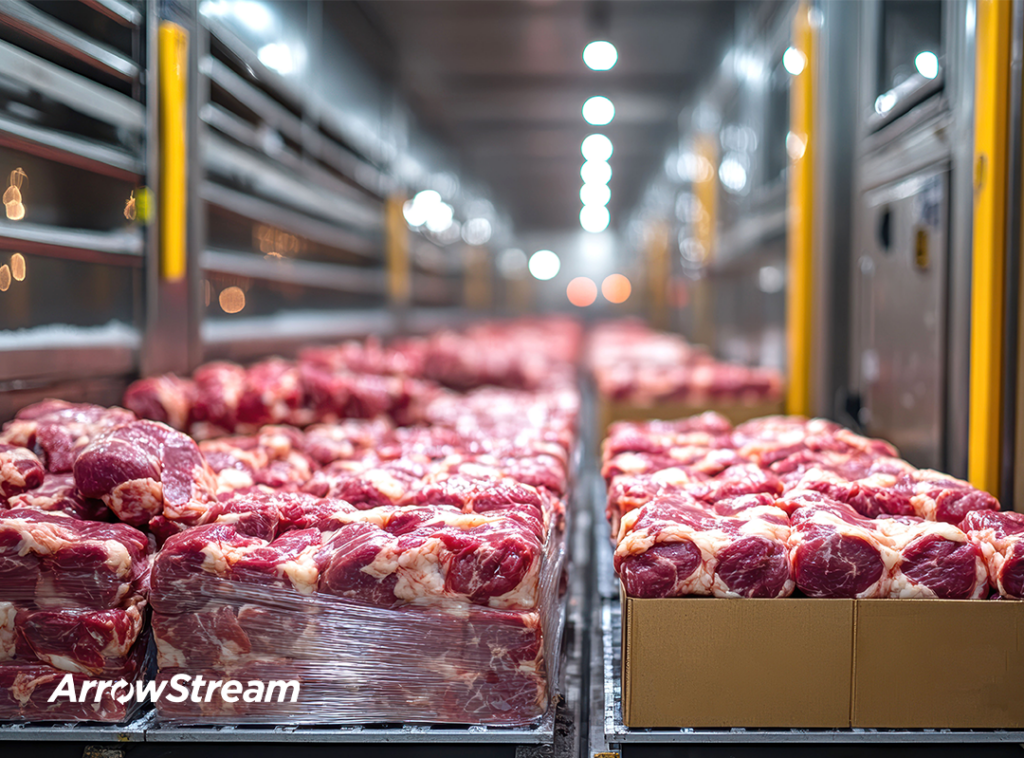Commodity forecasting highlights from CommodityONE
This snapshot report is released every week. To learn more about the FULL report, click here.
Designed to support purchasing and forecasting teams in managing price risks, CommodityONE provides powerful tools like commodity forecasting and item-specific food cost modeling to help you plan smarter and maximize profitability. Learn how you can receive even more in-depth insights delivered daily from CommodityONE to elevate your strategy.

Expert insights curated weekly

Powered by CommodityONE
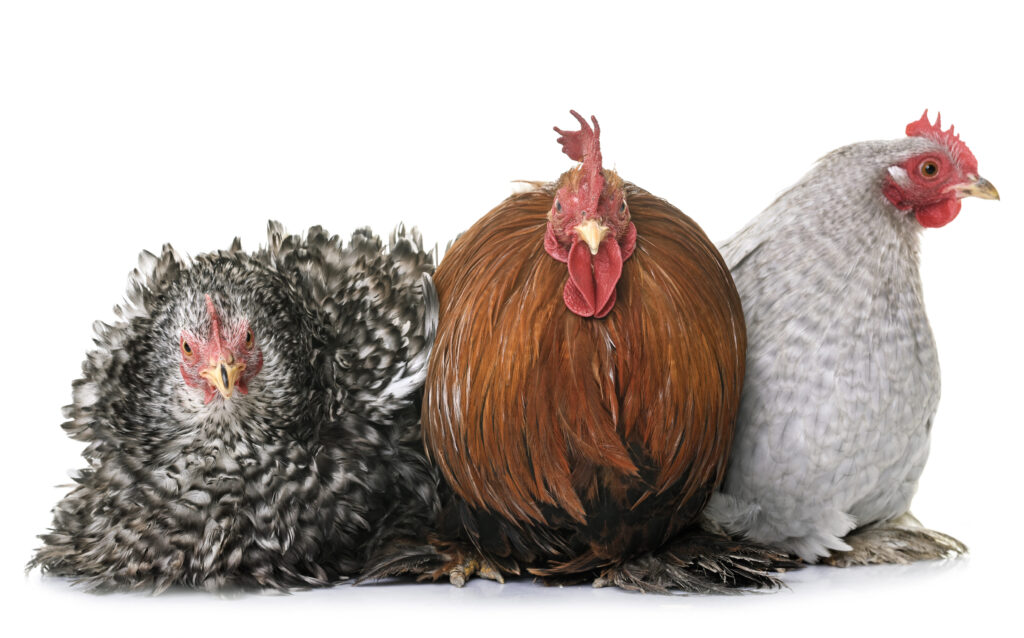
Poultry
U.S. chicken production remains elevated, with the USDA reporting 174.4 million head processed—up 4.4% year-over-year—keeping the market under significant downward pressure. National Composite WOGs eased $0.03 to $1.06/lb, and the white meat complex continued its steep decline: boneless/skinless breasts fell $0.07 to $1.19/lb, and tenderloins dropped $0.18 to $1.58/lb. Wing prices declined another $0.12 to $1.17/lb, now down nearly 50% from a year ago and 41% below the five-year average. Turkey, however, remains elevated with boneless breasts up 263% year-to-date, while egg prices dropped 10% week-over-week.
Outlook: Excess production and limited retail promotions continue to weigh on chicken prices, while turkey prices are expected to stay inflated through the holiday season.
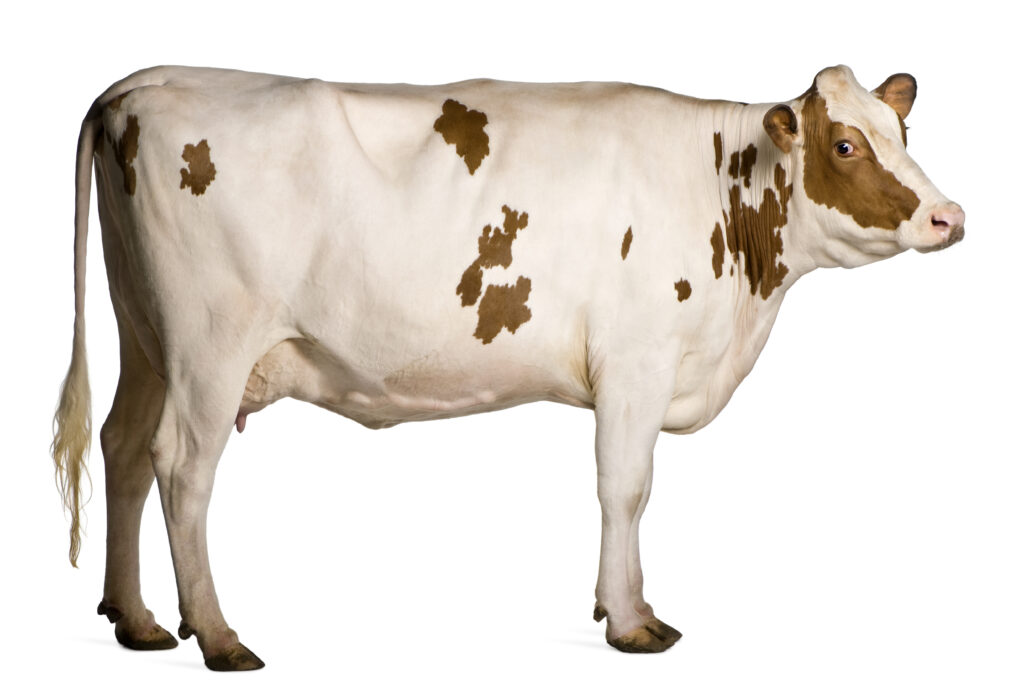
Beef
The cattle market strengthened slightly as prices for both live cattle and boxed beef edged higher. Live cattle futures rose 2% to $235/cwt, while the choice cutout increased 1% to $365.22/cwt. Ribeyes led the gains, with boneless heavy ribeyes up $0.59 to $14.91/lb. End cuts were mixed, as chuck rolls eased $0.06 to $4.46/lb while inside rounds climbed $0.23 to $4.13/lb. Ground beef markets softened, with 81% lean down $0.31 to $3.20/lb.
Outlook: Seasonal demand for premium cuts like tenderloins and ribs should add upward momentum, while end cuts and grinds may remain range-bound through October.
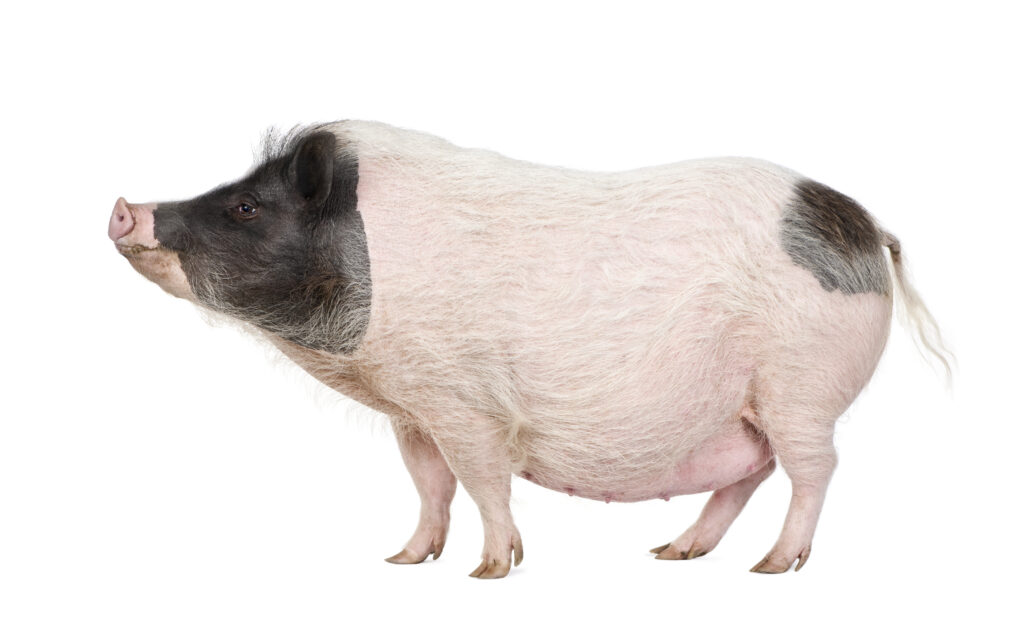
Pork
The pork complex trended sharply lower, with the cutout dropping 5% to $102.64/cwt. Bellies led the retreat, down 13% to $133.77/cwt, as derind 13/17 bellies fell $0.20 to $1.61/lb—now down $0.41 over the past two weeks. Butts followed suit, with bone-in prices off $0.16 to $1.25/lb. Loins slipped 4% to $92.61/cwt, while tenderloins held flat at $1.96/lb. The ham primal was the only area of strength, rising 2% week-over-week amid solid export demand.
Outlook: Elevated harvest levels and soft domestic consumption suggest continued price pressure, with international demand acting as the primary stabilizer.
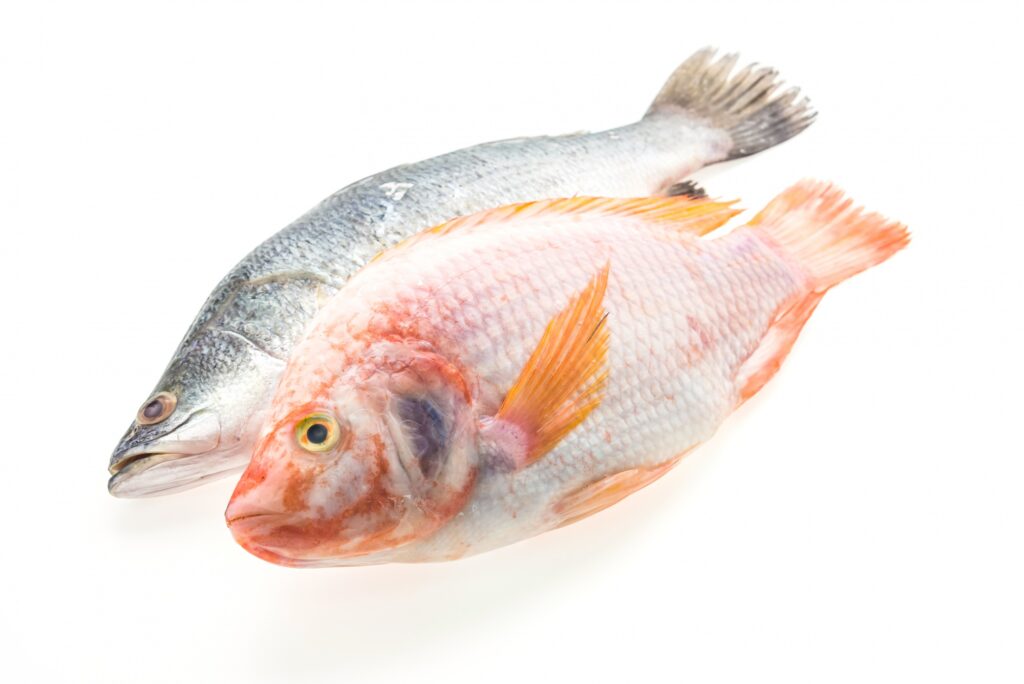
Seafood
Atlantic salmon prices fell 5.1% month-over-month to $4.95/lb—the lowest since late 2020—as import volumes remained well above average for a fifth consecutive month. The sustained influx of supply has outpaced demand recovery, pushing prices down 23.6% over the last four months. However, the pace of decline is slowing, hinting at an approaching price floor.
Outlook: Prices are likely to stabilize near current levels before gradually trending higher into early 2026.

Produce
Lettuce took center stage as 24-count iceberg prices surged 77.4% week-over-week—signaling the start of the traditional fall lettuce rally. After a calm summer, persistent disease pressure and production transitions on the West Coast have quickly tightened supply. Prices are tracking toward levels not seen since early 2023, creating margin challenges for operators reliant on fresh leaf categories.
Outlook: Expect further gains over the next 3–4 weeks, with pricing potentially peaking near $40 before normalizing by late November.
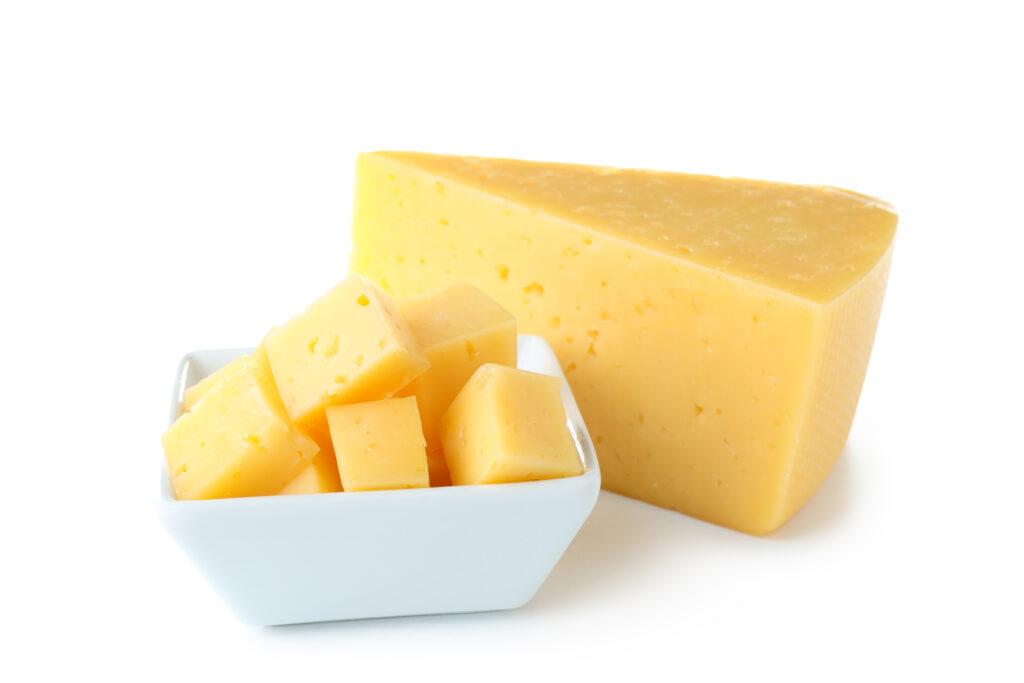
Dairy
The dairy complex softened, led by a sharp $0.15 decline in butter prices to $1.60/lb as churns prioritize retail packaging for the holiday season. CME cheese blocks and barrels both hovered in the mid-$1.70s, with production schedules expanding alongside improved milk output. Domestic foodservice demand remains moderate, but exports are providing meaningful balance, particularly for cheese and butter.
Outlook: Cheese and butter prices should stabilize in the near term, supported by holiday production cycles and firm export activity.
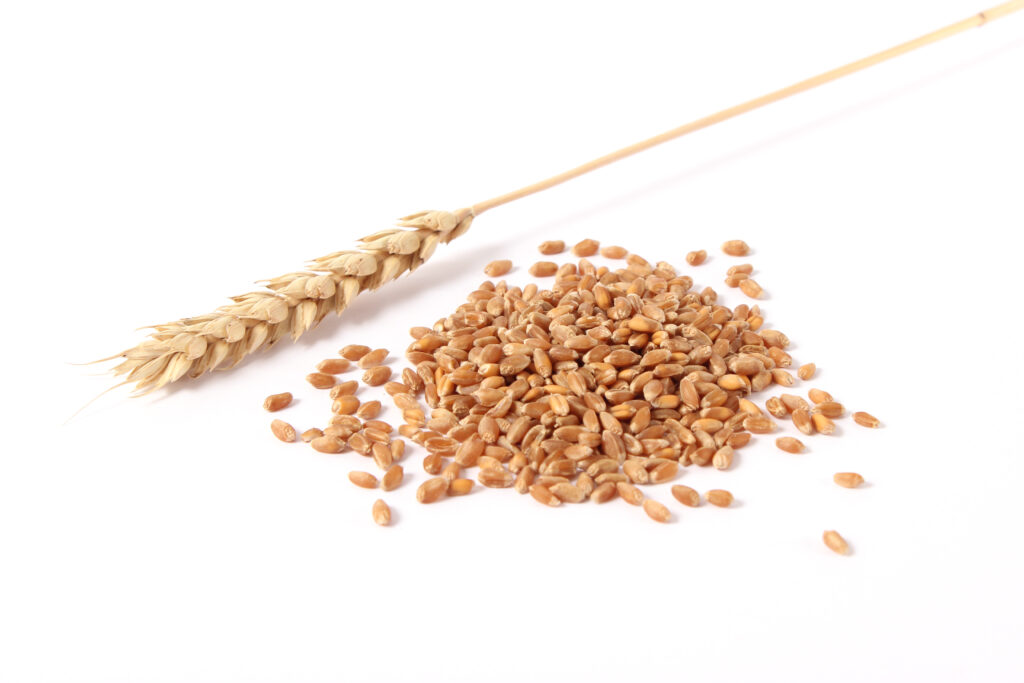
Grain
Lack of updated USDA data kept grain trading relatively stagnant last week. The soybean complex saw some midweek volatility driven by speculation around U.S.–China trade discussions, briefly boosting prices before sentiment cooled. With the U.S. moving through its peak soybean shipping season, the short-term impact of any trade developments remains limited.
Outlook: Soybean futures may slip below $10 absent new trade catalysts, with sideways trading expected in the short term.
Want the full report in your inbox everyday?
Submit the short form to learn how to get the FULL CommodityONE report delivered DAILY to your inbox:
CommodityONE offers a diversity in format and provides definitive content that presents the trends and forecasts that align with what’s happening in the industry. Sign up for CommodityONE today to unlock the most in-depth foodservice commodities report on the market.

Expert insights curated weekly

Powered by CommodityONE
